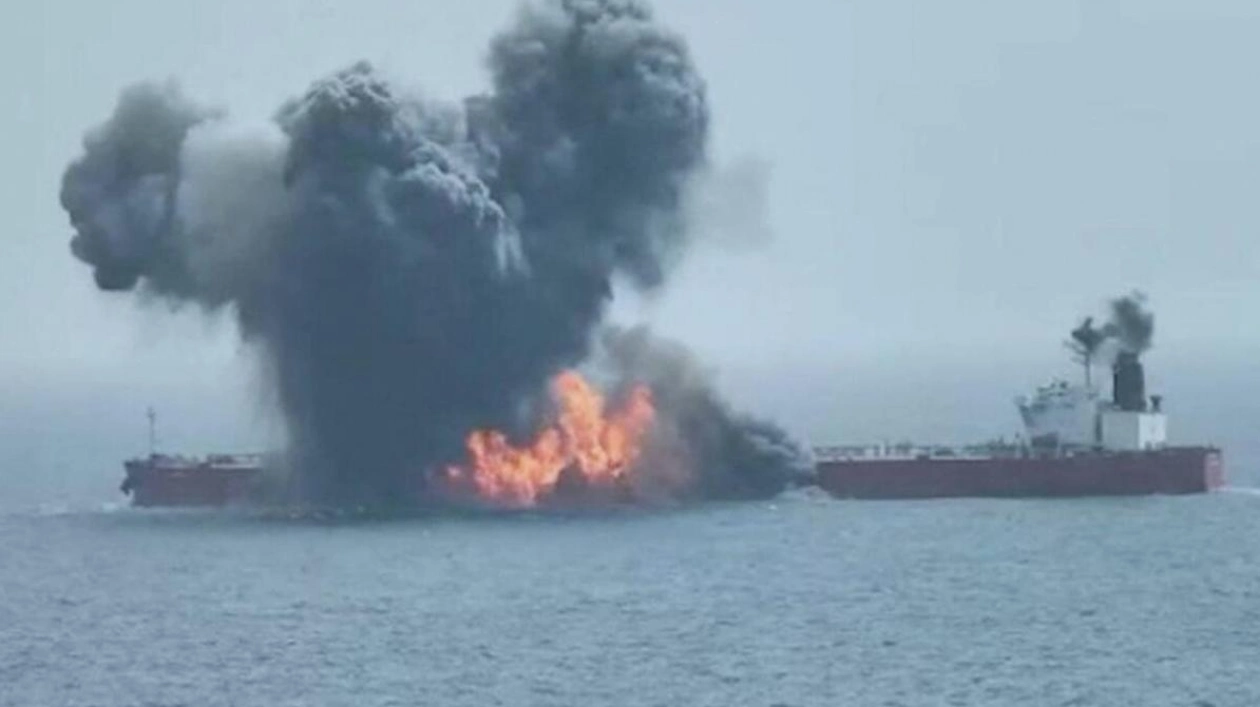A significant oil slick, nearly as long as Yemen's Red Sea coast, was identified following a Huthi attack that damaged a crude tanker, according to the Conflict and Environment Observatory on Wednesday.
Satellite images from the European Space Agency revealed the slick on Tuesday in the vicinity of the Huthi attack on the Chios Lion vessel, as reported by CEOBS, a UK-based charity that tracks the environmental effects of conflicts. The slick, measuring 220km, indicated that the damaged vessel was likely leaking oil, as stated on the social media platform X.
The Liberia-flagged Chios Lion oil tanker was attacked 97 nautical miles northwest of Hodeidah, Yemen, on Monday, according to maritime security sources. The attack involved an uncrewed surface vessel causing minor damage, as detailed by the United Kingdom Maritime Trade Operations. CEOBS confirmed that the slick originated 106 nautical miles northwest of Hodeidah, aligning with the location of the Chios Lion attack.
An image shared by the charity depicted an oil slick in the Red Sea near the Farasan marine sanctuary, situated off the coasts of Yemen and Saudi Arabia. On Tuesday, the Joint Maritime Information Centre, operated by a Western naval coalition, announced that the Chios Lion was examining a potential oil spill resulting from the Huthi attack.
The Huthis have been targeting ships in the Red Sea and the Gulf of Aden since November, claiming these actions are in support of Palestinians during the Gaza conflict. In March, they sank a Belize-flagged, Lebanese-operated vessel carrying 21,000 tonnes of ammonium phosphate sulfate fertilizer, raising concerns about potential fuel and chemical pollution in the Red Sea that could harm coral reefs and marine life.
Wim Zwijnenburg of Dutch peace-building organization PAX commented, "These repeated attacks on oil, chemical, and cargo tankers not only pose significant risks to maritime personnel and general shipping traffic but also severely impact the ecosystems of the Red Sea." He added, "The ongoing strikes pose an additional environmental and community threat to Yemen."






